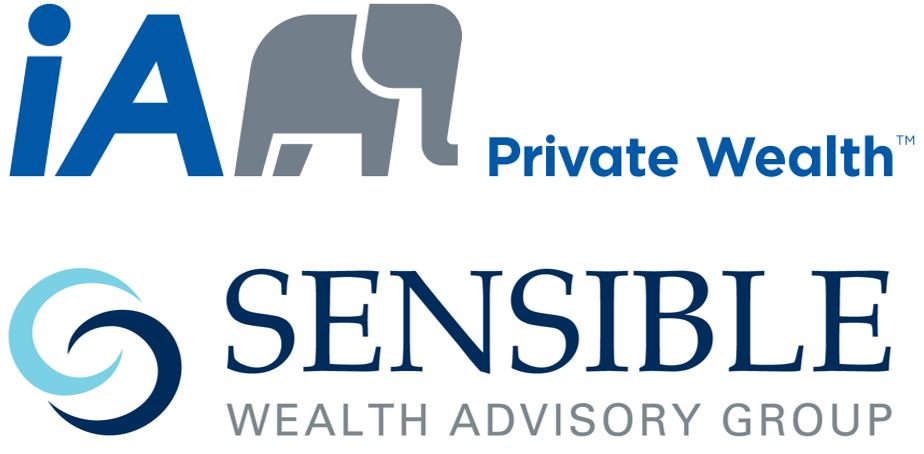Tax. We all pay it, but we don’t have to leave a tip!

Sometimes a message is given so clearly and well stated that you just can’t say it any better. My friend, and former colleague Robbie Handelman, has produced this helpful illustration explaining why we can’t afford to leave a tip. Also, cost matters, when it comes to fees investors pay, but it’s the entire picture and the end result that matters most.
I’ve reproduced his article below as it’s worth a read.
There are not many topics in the investment world that bring unity amongst investors like the pursuit of keeping more. Whether the goal of keeping more is centred around relatives, lifestyle or philanthropy, this single goal drives us to invest and to do so with care. Whether your portfolio is $1,000,000 or $10,000 all investors must follow the same two paths in order to keep more of their hard-earned money: save more or make more.
This article is not devoted to exploring the “make more” path, as that highway splinters off into innumerable different avenues for debate. Active vs. passive management, investment philosophy, and asset allocation to name a few. Instead, investors can follow a more certain path to keeping more by focusing their attention on exploring how they can “save more” in their investment portfolio.
To effectively save more (or pay less), investors need to scrutinize the costs embedded in their investment portfolio which are dragging down how much they actually take home at the end of the day. There are two primary costs creating the biggest headwinds; taxes and management/advisor fees. Admittedly the solution seems simple, once you find that cost effective portfolio that offers you tax-advantaged investing you will have completed your journey of finally keeping more. Unfortunately, things are never just that easy; cheap investments are some of the worst tax offenders, while tax-efficient portfolios often come at a cost premium.
Investors are now left with a choice, should they invest in cheaper, more tax punitive investments or should they opt for slightly more expensive alternatives that offer attractive tax savings? As a wise accountant once said “it depends…” – factors such as investment time horizon, incremental cost, and tax brackets are all important to consider in determining whether a tax-efficient investment is worth the additional cost.
Consider the following scenario to help clarify.
An Ontario investor (top rate tax payer) is considering investing $1 million in their non-registered account. They are debating between two portfolios targeting a 5% annual rate of return. The characteristics of the two portfolios are detailed below:
| Tax Efficient Portfolio | Cost Effective Portfolio | ||
|---|---|---|---|
| Management Fee | 1.20% | Management Fee | 0.70% |
| Capital Gains | 0% | Capital Gains | 1% |
| Interest Income | 0% | Interest Income | 2% |
| Eligible Dividends | 0% | Eligible Dividends | 1% |
| Capital Appreciation | 5% | Capital Appreciation | 1% |
| Expected Annual Return | 5% | Expected Annual Return | 5% |
Modeling out the net-after tax performance of these portfolios over 15 years would reveal that the tax-efficient portfolio would help this investor keep $87,757 more in their pockets. That figure of course takes into account a capital gain payable in that 15th year upon liquidation of both portfolios (click here for the full calculation).
Despite the higher cost, this tax-efficient compound growth investment outperforms its lower cost competitor. In fact, the cost of the tax-efficient portfolio could rise as high as 1.55% before the lower cost alternative would begin to pull ahead as the optimal alternative. By selectively using tax-advantaged investments this Canadian investor was able to keep more.
Contact Adrian Van Hooydonk, CIM®, FCSI® to learn how a tax-efficient compound growth portfolio can help maximize your after-tax returns.
The investment and tax results contained in this illustration are hypothetical and are based upon a number of assumptions, and are not representative of true market fluctuations. This illustration is intended to assist you in understanding the impact of certain investment and tax strategies on an invested amount over time and is not intended to project future performance.
Compound Growth tax class: Generally, should not make taxable distributions. However, a mutual fund may be required to make taxable distributions to investors in a tax class for which a distribution or type of distribution is not optimal or in accordance with their tax preference. There is no assurance the Compound Growth tax class will achieve its objective and not effect a taxable distribution.
Tax liabilities on investment income and capital gains earned by a mutual fund cannot be mitigated nor can they be fully managed in all circumstances. Therefore, a mutual fund may be required to make taxable distributions to investors in a tax class for which a distribution or type of distribution is not optimal or in accordance with their tax preference.
The illustration and case study presented are for informational and educational purposes only and should not be construed as legal, tax or investment advice. Information contained here is believed to be accurate and reliable at the date of production, however, NGAM Canada LP cannot guarantee that such information is complete or accurate or that it will remain current. The information is subject to change without notice and NGAM Canada LP cannot be held liable for the use of or reliance upon the information contained here.
NGAM Canada LP does not provide tax, accounting, regulatory, or legal advice to its clients. All investors are advised to consult with their tax, accounting, or legal advisers regarding any potential investment.

ROBERT HANDELMAN, CPA, CA, CFP, CIM, BBA
Vice President, Tax & Wealth
Natixis Global Asset Management
